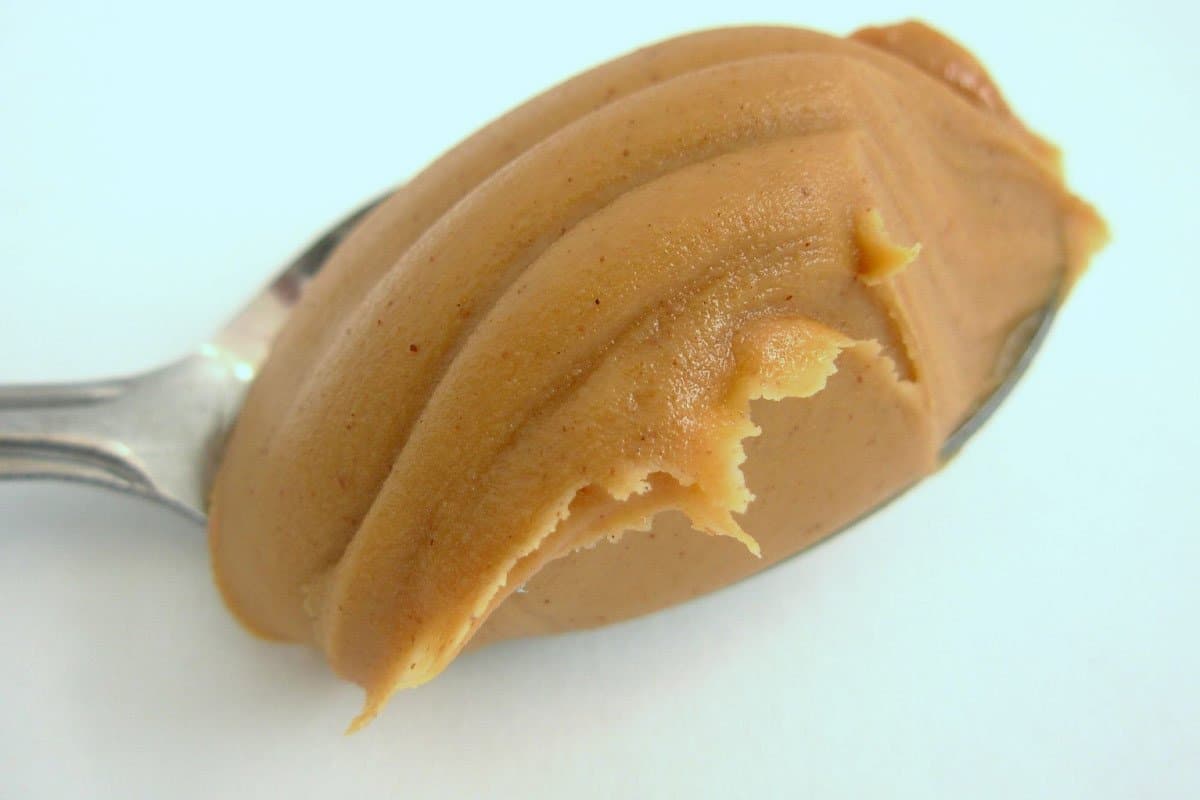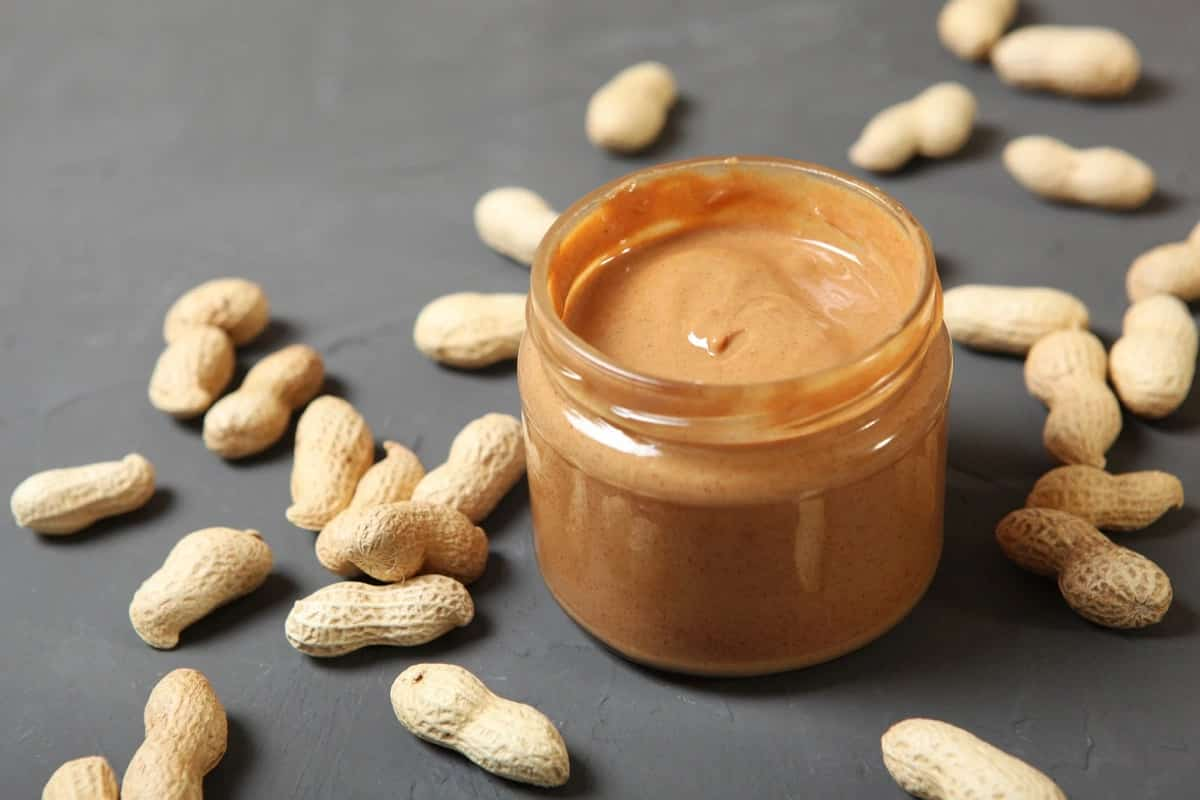No one can ignore the benefits of peanuts. Products that are derived from peanuts are also beneficial. Products like peanut butter, peanut flour, and so on.
How to make peanut butter
Peanut butter can be regarded as the most delicious and most used peanut product. If you are a peanut butter lover, you probably know that eating peanut butter on a daily basis always keeps you in need of them because sooner or later you will run out of peanut butter. You can choose to make a purchase or make your own peanut butter with your desired taste at home. Choosing to make your peanut butter, you would face lots of options to create a whole new kind of peanut butter. You can make your peanut butter, for example with raw peanuts, or you can roast the peanuts just before starting to grind them. As you can see, there are plenty of decisions for you to make. So, let’s get back to the making process. As you may know, peanut butter is regularly made by two grinding steps. the first step makes them reduce to a medium ground size. After grinding in the second step, the fine and smooth texture of peanut butter will appear. There are two totally different kinds of tastes for peanut butter. Some like it to be smoothy and some like it chunky. They have the intention to feel the pieces of peanuts when they are chewing their unbelievably tasty peanut butter sandwich. To have crunchy peanut butter, you can either incorporate larger peanut butter pieces or remove one rib in the middle of the grinding process of your grinding machine. Do not forget before removing the rib turn the machine off. 
Peanut butter nutrition value
Peanut butter is a protein-packed spread. You can almost find all the nutrients you will need to get through your day in a chunk of peanut butter. If you are buying manufactured peanut butter, pay more attention to the label before making your purchase because some factories will add vegetable oil, sugar, and trans fat to their peanut butter, and you are not probably interested to have harmful ingredients in your jar. But if you are about to make your own peanut butter, the values may vary according to the volume of salt and the types of peanuts you will use. Of course, the value would not change drastically, it would be a slight difference. If we want to measure the value of peanut butter based on one tablespoon, they will be as follows: Energy 62 Calories Protein 2.5 Grams Carbohydrates 1.6 Grams Fiber 0.8 Grams Fat 5.5 grams Cholesterol 0 milligrams The other substances in peanut butter are minerals. Minerals are a must for our body, they boost our immune system and can prevent being infected with a bunch of viruses. These minerals and their value can be found in the following table:
| Calcium | 8.9 mg |
| Iron | 0.4 mg |
| Magnesium | 16.3 mg |
| Phosphorus | 36.5 mg |
| Sodium | 1.7 mg |
| Potassium | 68.5 mg |
| Zinc | 0.3 mg |

Peanut butter vitamins value
Vitamins are essential for our body to work properly. The needed amount of vitamins for our body is much smaller than the number of micronutrients like carbs and fat. Vitamins are critical to the reproduction and growth of cells. The most important role of vitamins is to process energy in human body cells. As you may know, vitamins can be gained from four groups of edibles. The first group is vegetables and fruits. An abundance of vitamins can be found in the first group. The second group consists of grain food. Breakfast cereals, Bread, and pasta can be mentioned as grain products. Foods like rice, popcorn, and oatmeal are also regarded as grain family members. The third group is milk and milk products that everyone is familiar with this group. And lastly, we will get to the foods that are consisted of legumes, nuts, fish, eggs, and red meat. And we know that peanuts can be found in legumes. Now we can get to peanut vitamins in a more detailed way. All the values are based on one tablespoon.
| Vitamin A | 10 mcg |
| Vitamin B1 (Thiamine) | 0.1 mg |
| Vitamin B2 (Riboflavin) | 0 mg |
| Vitamin B3 (Niacin) | 1.2 mg |
| Vitamin C | 0 mg |
| Vitamin E | 0.8 mg |
| Folic Acid (Vitamin B9) | 23.3 mcg |
It would be useful to mention that all vitamins are categorized into two sections. Fat-soluble and water-soluble vitamins. Peanut vitamins, in every product, are water-soluble and they can be eaten conveniently. Fat-soluble vitamins must be eaten with something that has a high volume of fat, some vitamins are prescribed to be eaten in the middle of your lunch. 
How to store homemade peanut butter
There are three methods for storing peanut butter which totally depends on how often you use peanut butter. If you would rather have peanut butter regularly you can choose the certain way which contributes to your will better.
- keep the peanut butter in a dark and cool place
If you are a peanut butter lover and eat it on a regular basis you can store your peanut butter in a dry, cool, and dark place. The limitation of sunlight on the peanut butter makes it last for at least a month. This method of keeping peanut butter will make it more consistent and easily spreadable.
- keep the peanut butter refrigerated
For people who are not so much into peanut butter, it would be great to put their peanut butter in the fridge. Homemade peanut butter oil can go rancid quickly if left outside. And keep in mind, if you are interested in keeping your peanut butter in the fridge, you have to put your butter in an air-tight container.
- you can freeze peanut butter
It sounds somehow odd but freezing peanut butter can give you the chance to store your peanut butter for a much longer time and prevent flavor loss and oil separation. 

0
0